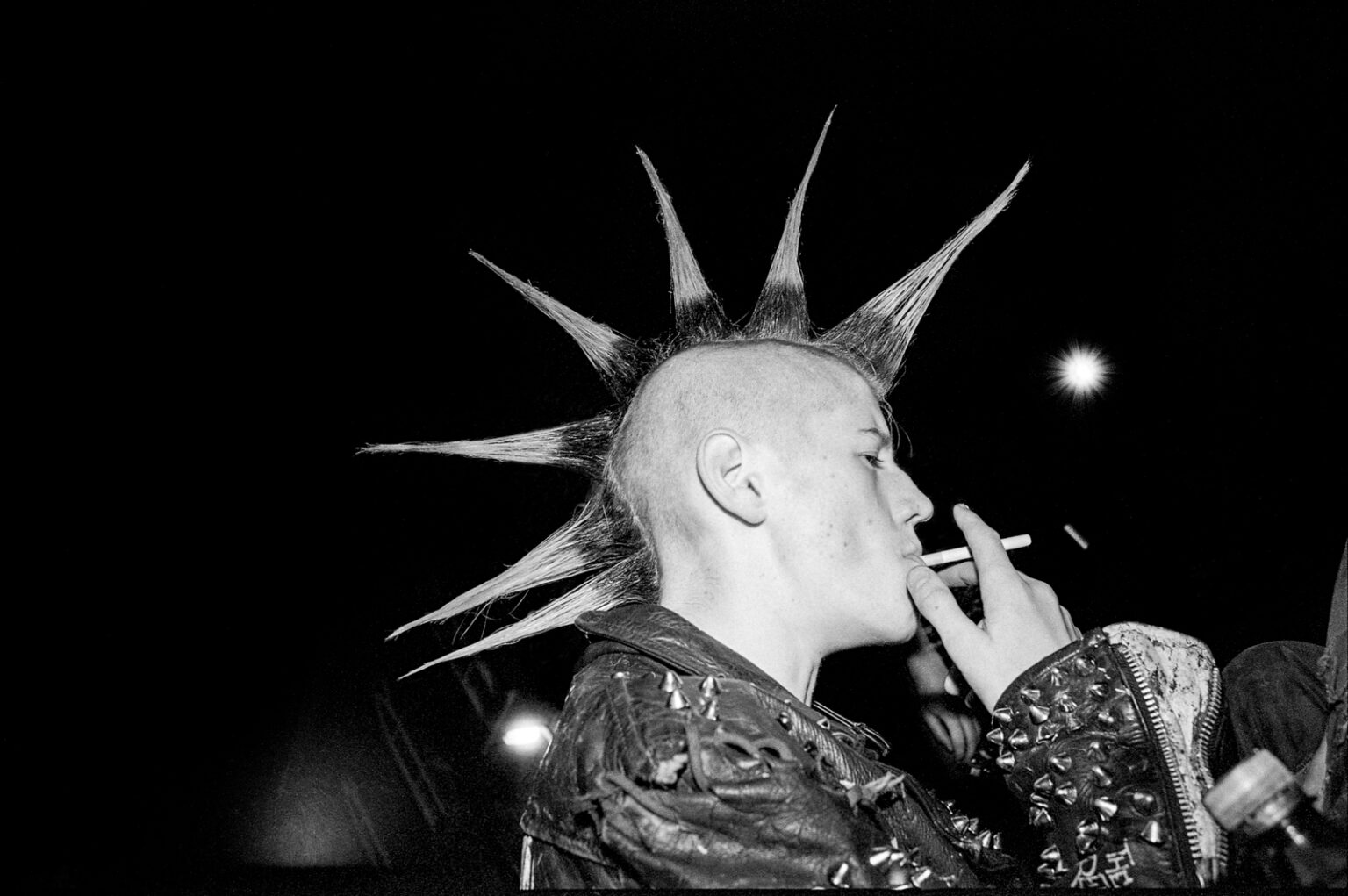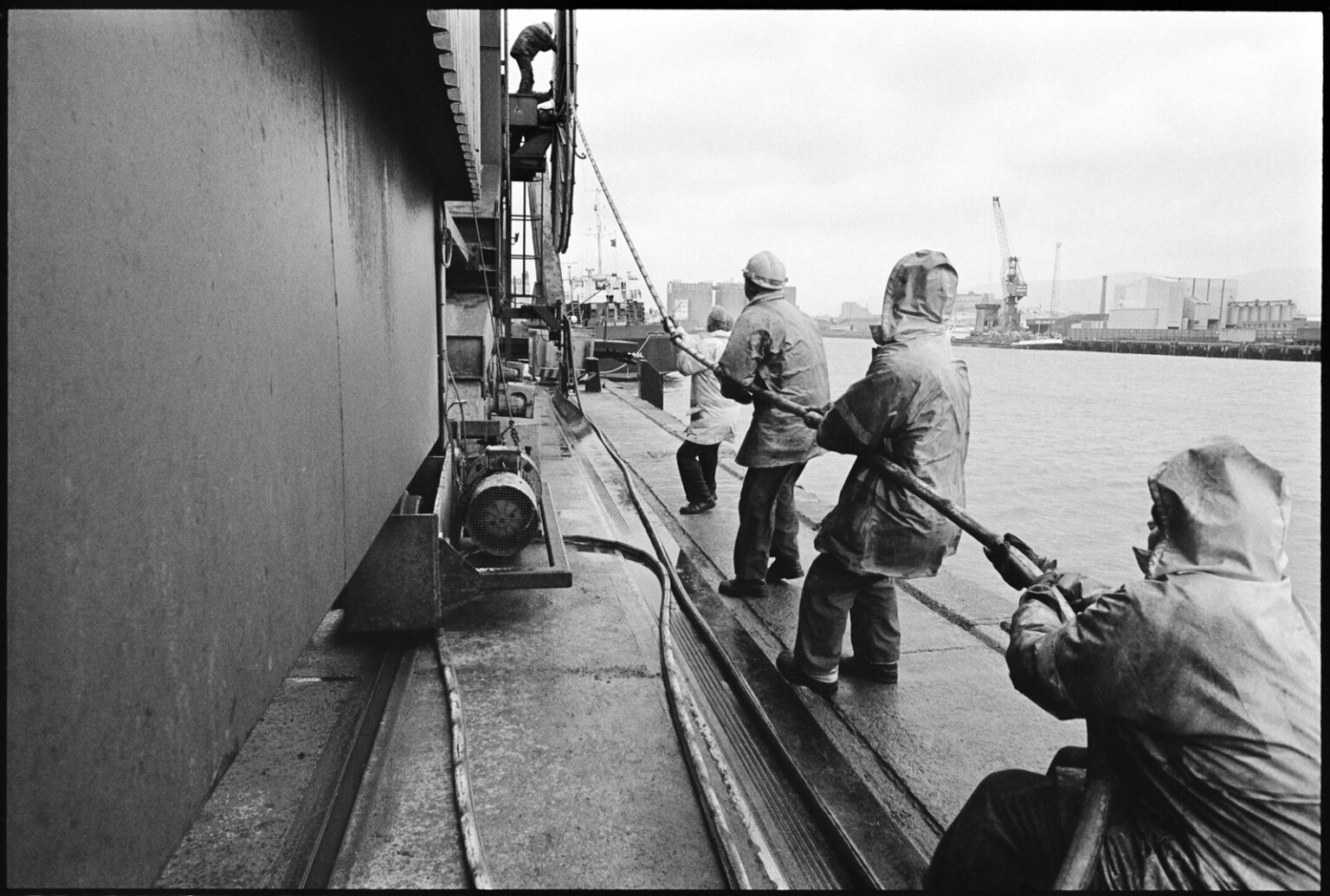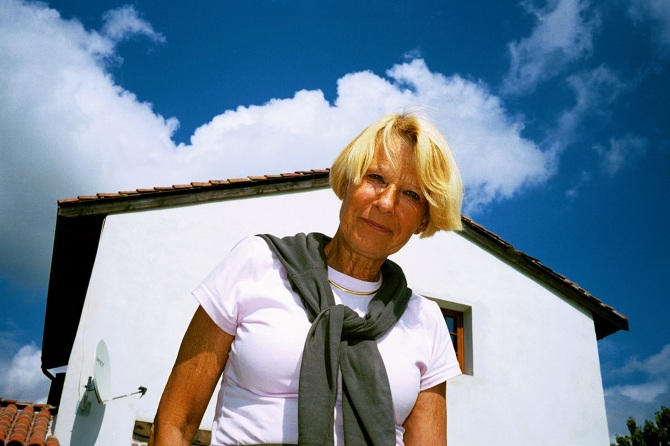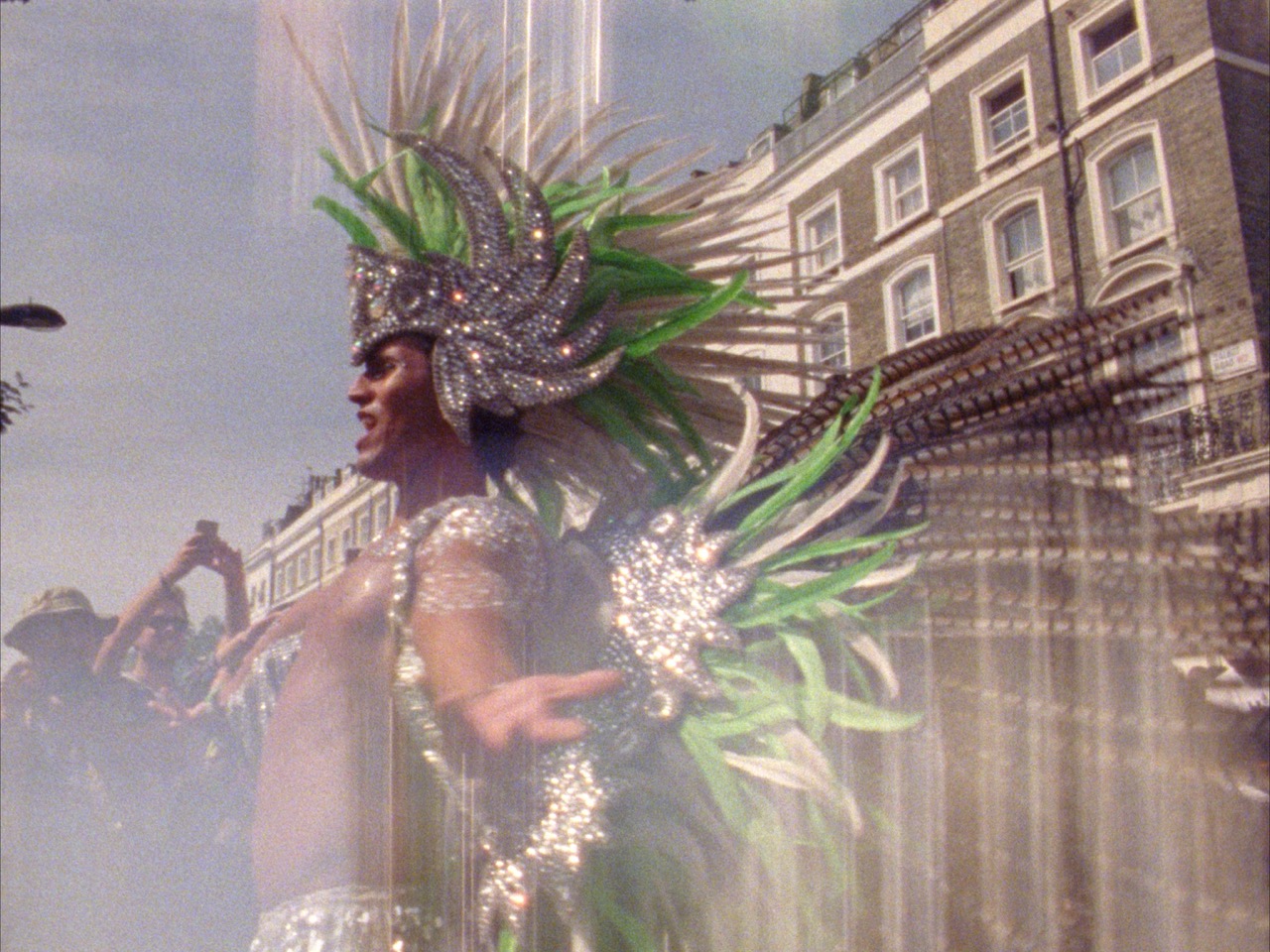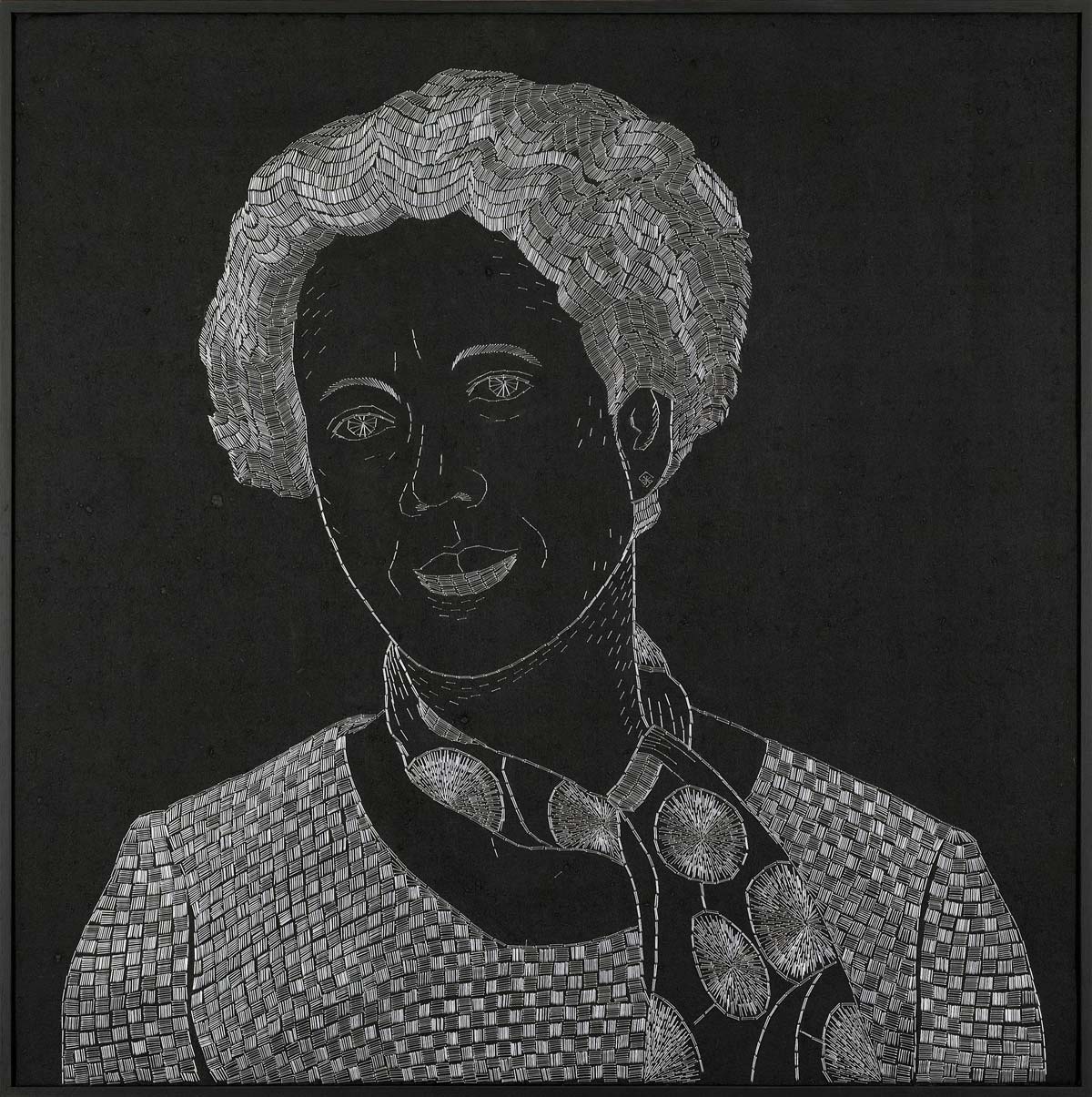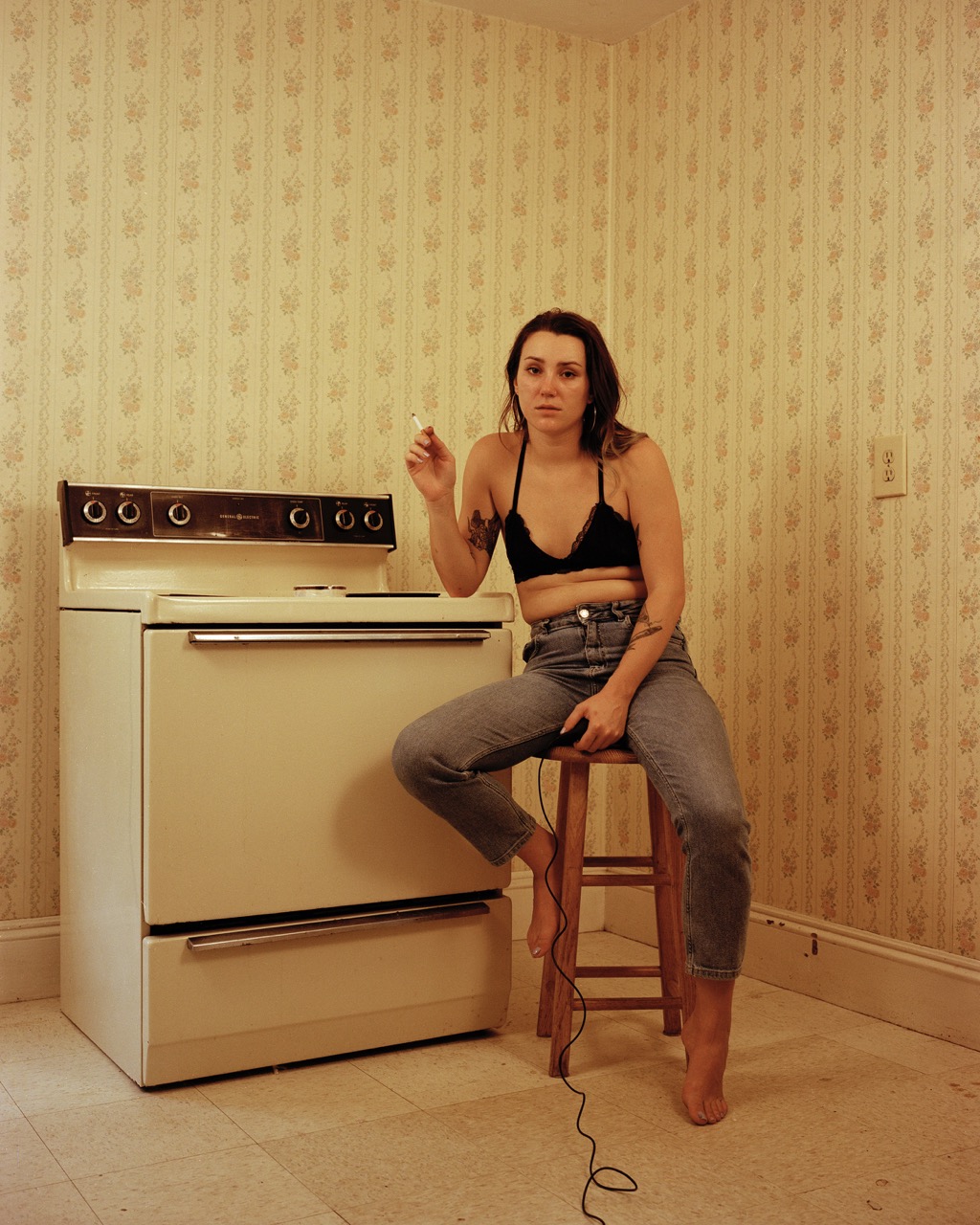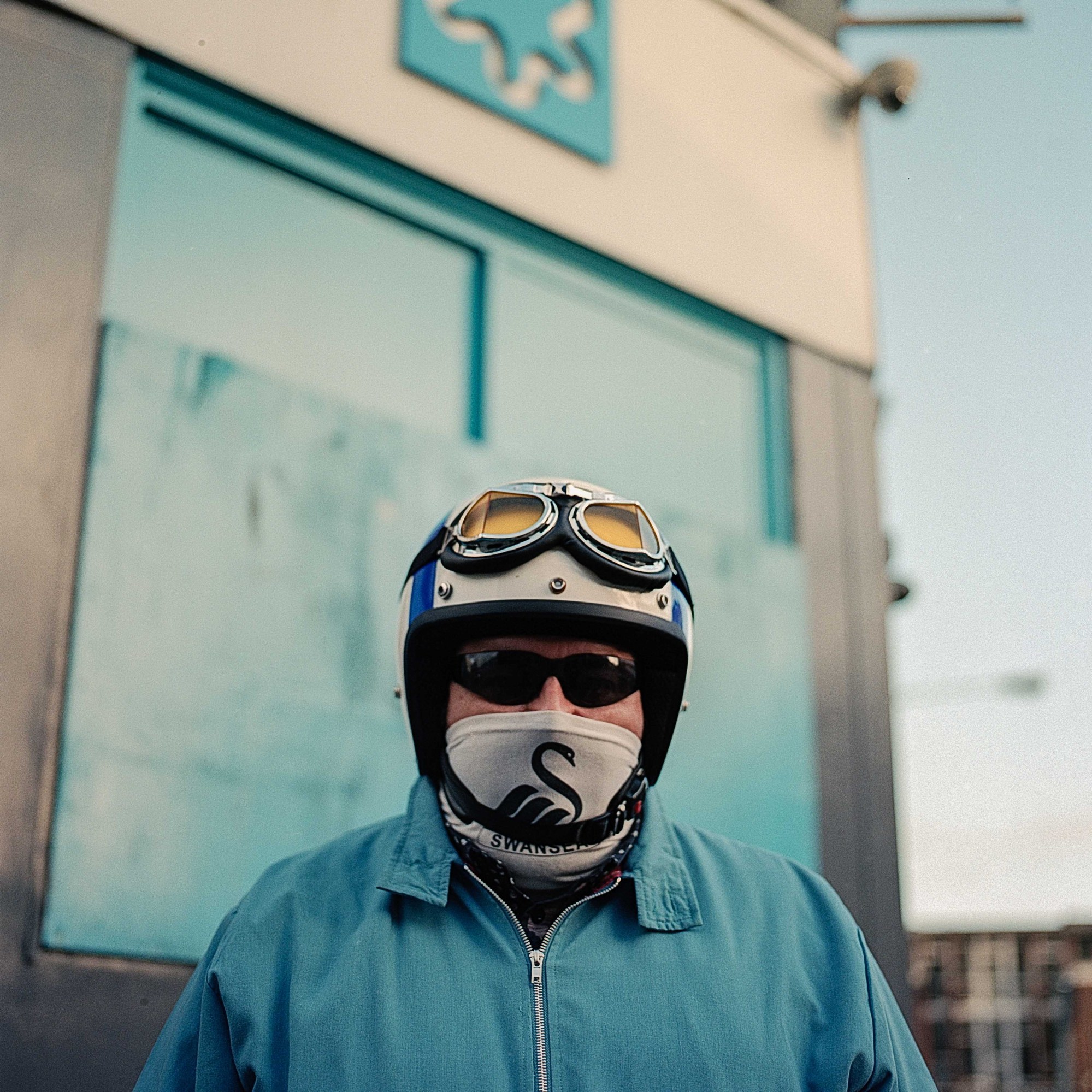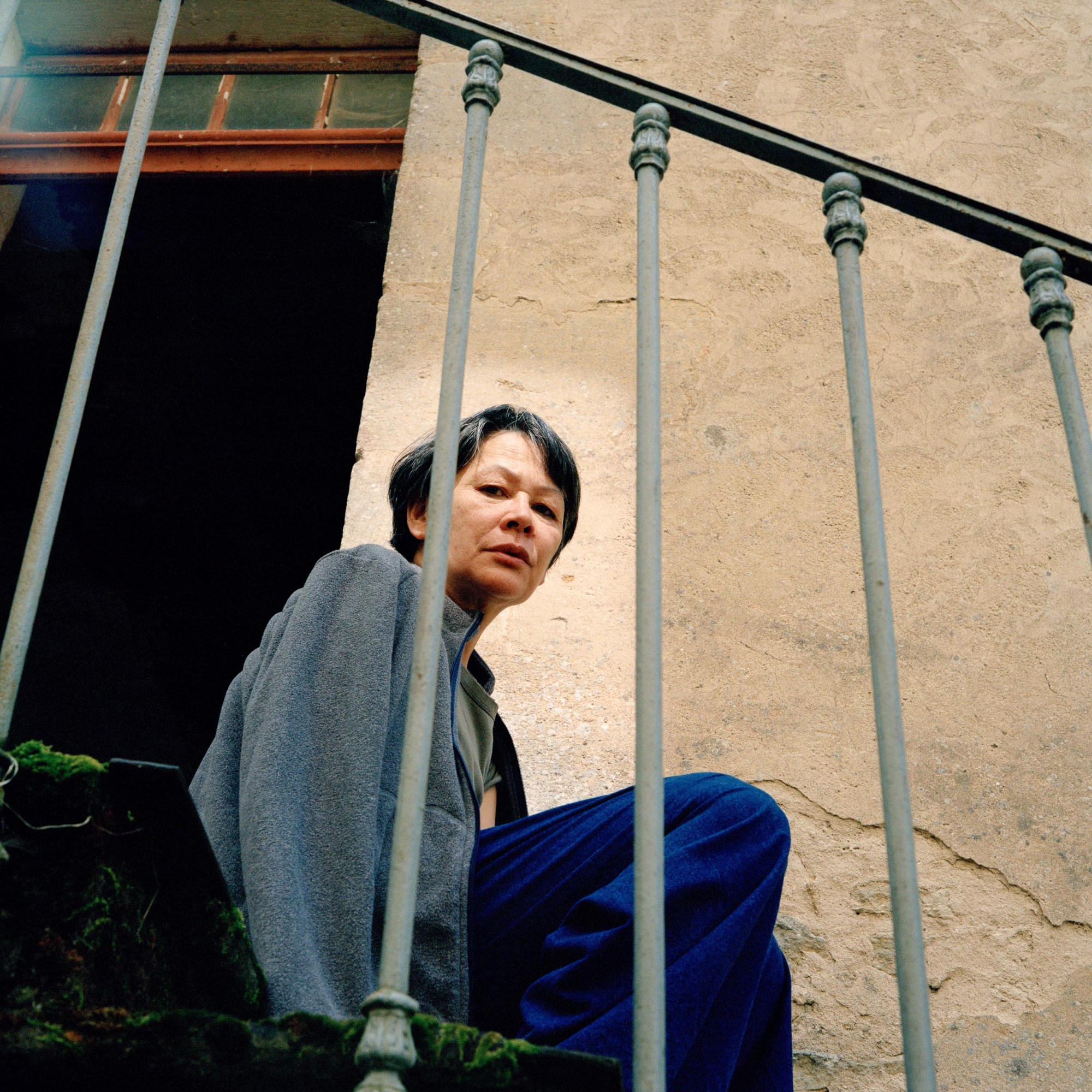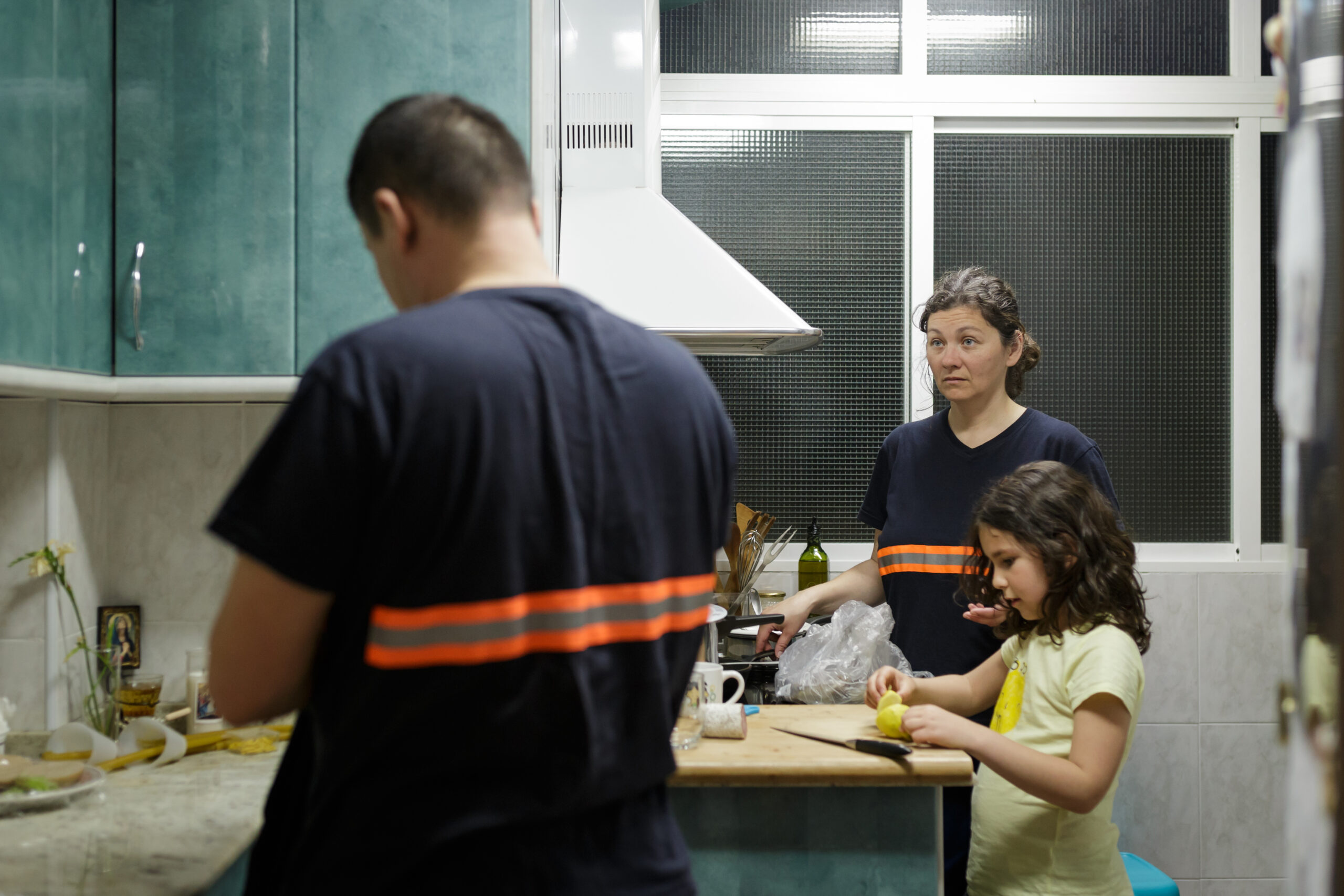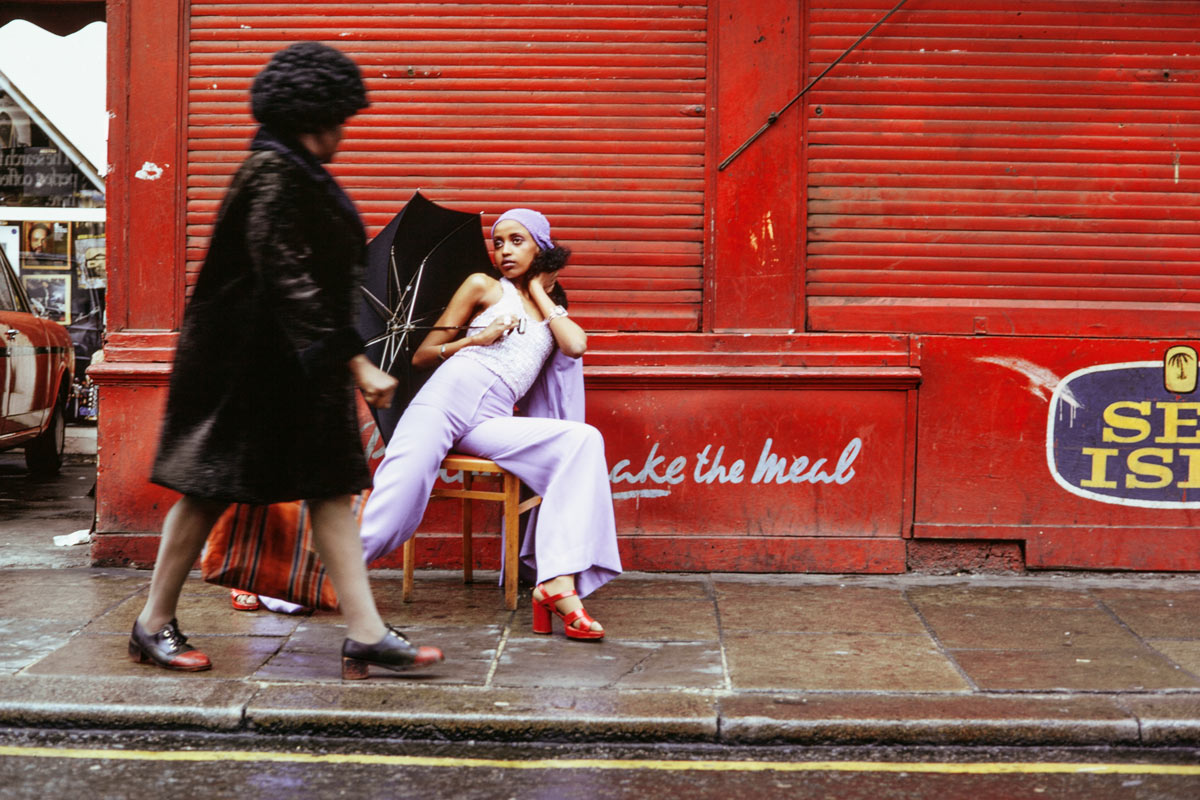Ricky Adam is probably best known for his extensive collection of images from the BMX and punk scene, especially in Northern Ireland, and as editor of DIG BMX until 2013. HIs work is by no means limited to those two scenes though - his broader approach to photographing the world around him incorporates classic street photography to still life images of bottles of piss.
WF: How do you start a project?
RA: Some of the work was never premeditated. With Belfast Punk, I didn’t start out planning to put it out as a book. I took photos during my youth of punks in the Warzone Centre and I’m just glad that those photos survived 20+ years laying dormant in a filing cabinet drawer. The book came about after a publisher got involved in 2017.
Other projects like the ‘Belfast Dock Workers’ was a commission which had a deadline. I can’t remember exactly how long I was given to complete it, around 2-3 months, something like that. It was commissioned by Belfast Exposed gallery in 2001 (This later came out on Cafe Royal books in 2017). The commission was to document the workers in and around Belfast docklands. I remember taking lots of photos with a sense of panic because I was against the clock. Probably not ideal circumstances but it made me get the finger out and finish it.
For about 5 years starting in 2008, I photographed a group of young punks squatting abandoned houses all over the city of Leeds (this was before the squatting of residential houses became a criminal offence). I was between jobs which meant I could spend time & take photos. It also gave me time to detach & think about the work as it progressed. The project started because I got to know the people and was interested in their lives. It wasn’t initially intended as a ‘photography project’ as such.
Whereas the M1 project is something I had the idea for years before. Probably down to all the road trips & tours I’ve been on. It took a bit of time but it was fairly straight forward & repetitive which made it relatively simple. I’ve always been a fan of quirky typology photo books. Harry Smith’s ‘Paper Airplanes’ is a firm favourite.
Then there was ‘Don’t You Forget About Me’ – Photos of dead office plants which was very spur of the moment. And completed within days.
For everything else, my approach. If you can call it an approach, is very simplistic. I go out, I don’t think about it too much, I take photos & repeat. I then let go & see where the work leads me. Planning a project on paper makes sense, but it’s too mechanical & less fun.
I’ve been taking photos in Leeds for the last 9 to 10 years, researching & learning as I go. Out of this have sprung 3 – 4 very different strands of work, all of which have happened organically. With a little luck, the photos will eventually dictate the direction of a project.
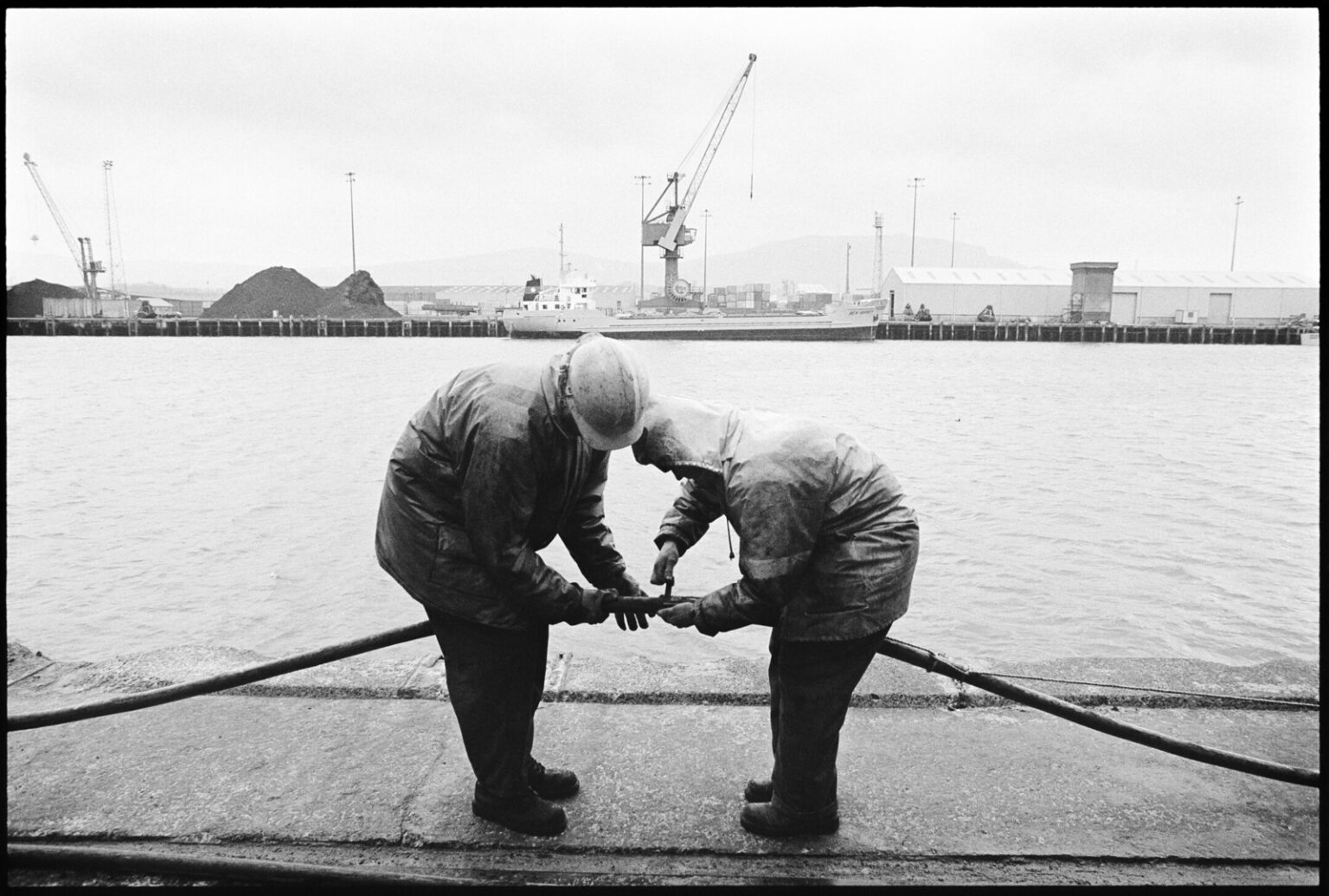
WF: Who or what experiences have inspired your work?
RA: I first picked up a camera in 1997 & began photographing the punk bands & people who frequented a community centre in Belfast, N. Ireland called, ‘The Warzone Centre’.
It was a three storey building which housed a gig venue, a cafe, a darkroom, a recording studio, practice rooms, etc. It was full of raw energy, interesting people as well as loud, pummelling guitars. It was my community & I wanted to try and somehow capture a piece of it. I came to realise that although I couldn’t photograph the music, I could capture the energy emanating from the crowd, which is why I turned the camera on the people in the crowd a lot of the time.
At the time I just snapped photos here and there without any real intention. I was more into drumming in bands & riding bikes than taking photos. I had no real idea about what I was doing. I didn’t have any agenda I simply took photos of people and things that inspired me. I came to realise that photography suited my personality + I liked the results I was getting, so I kept at it and haven’t stopped since.
WF: How much of your creative ability do you think is innate? Or is your creativity a skill that you have developed?
RA: From an early age I’ve always been creative in some form or other. Take BMX for example it’s a form of self expression, riding different terrain, turning your surroundings into something completely different. A curb becomes something to slide the sidewall of your tyre against, a transitioned barrier becomes something to jump off, etc.
I have a fairly inquisitive & tenacious personality which I think are good traits to have when it comes to photography & can instinctively sense what will make a good photo & when to press the shutter, which I’m thankful for. That said, a lot of photography has to do with luck & being in the right place at the right time.
Creative ability is one thing. Taking a photo is very easy, anyone can do it, but you have to work hard & use your intuition to make a body of work that will endure.
Some of my favourite books were born out of long term projects that have taken years to make. Tom Wood’s ‘All Zones Off Peak’ & Josef Koudelka’s ‘Exiles’ are just 2 examples, each taking 10+ years to complete.
It’s a very unpredictable medium. Sometimes a photo will work, but it’s difficult to know why it works, it just does. There’s such a fine line between total failure and success & I like that.
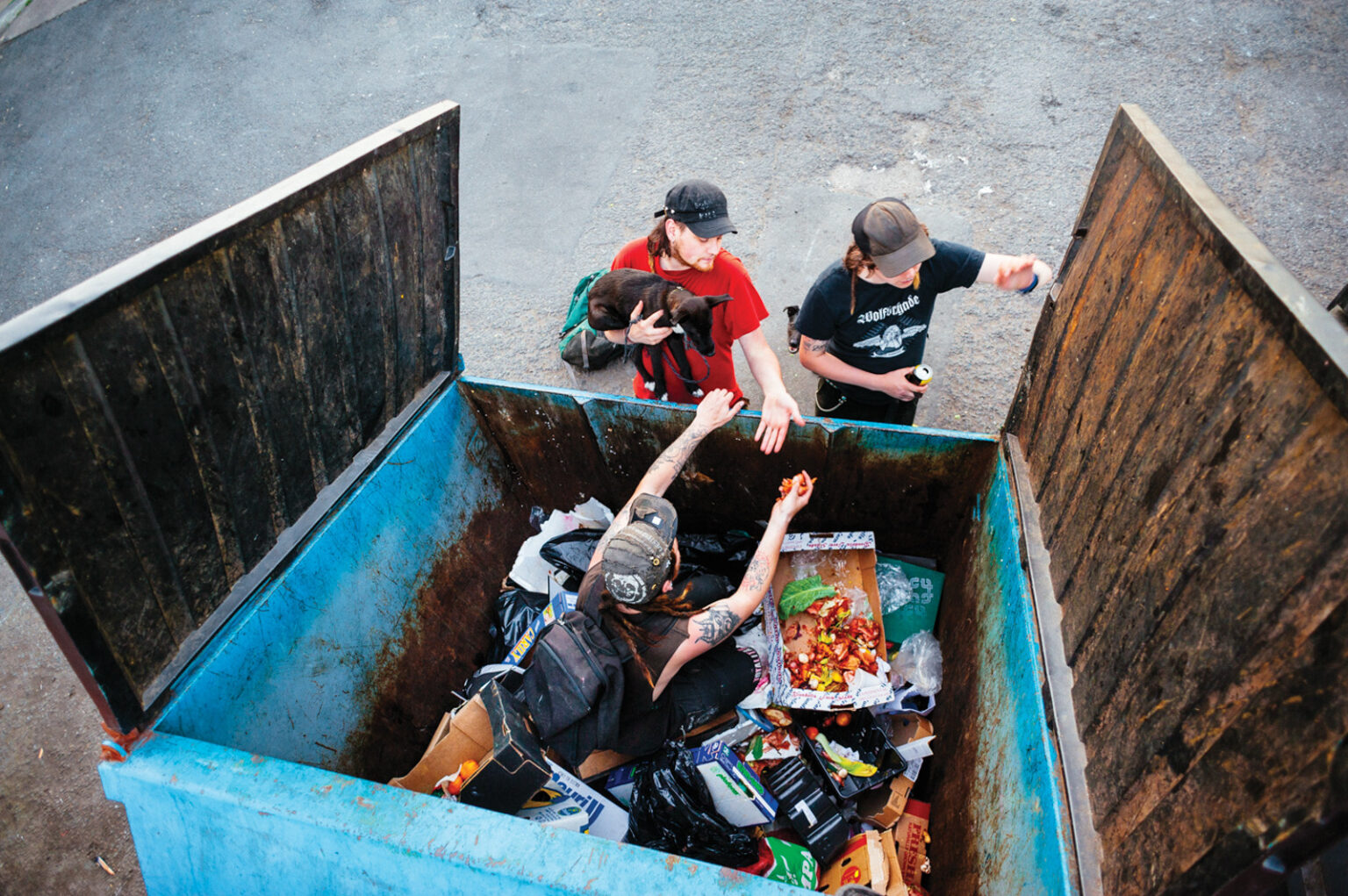
WF: Have you ever felt enlightened by an event in the past that has given you a new perspective on life? Please explain.
RA: I’m not sure there was a particular event that all of a sudden changed me in an instant.
I discovered BMX, punk & photography in my teens. I jokingly refer to this as the ‘holy trinity’ but these 3 elements played a critical role in how much of my later life has turned out.
My hobbies essentially became my job. I ended up working at DIG BMX magazine for a long time as Co. editor / senior photographer which was a really great period. This led to working at an arts university where I currently run the photography area, helping & advising students with their work.
During this time a lot has changed & things inevitably move on. I got married, the magazine wound down & I changed jobs which meant I’m wasn’t off globetrotting every other week taking photos for a magazine deadline. Instead, I’ve spent the last lot of years working on long term projects locally, which has been great, photographically speaking.
I’ve learned to appreciate how short life is. It’s surreal looking at photos I’ve taken back in 1997 / 1998 and then realising they were taken nearly a quarter of a century ago. The clock keeps ticking…
It’s hard to imagine how things would have turned out if it weren’t for bikes, photography & punk, but I’m thankful for the path they have led me down.
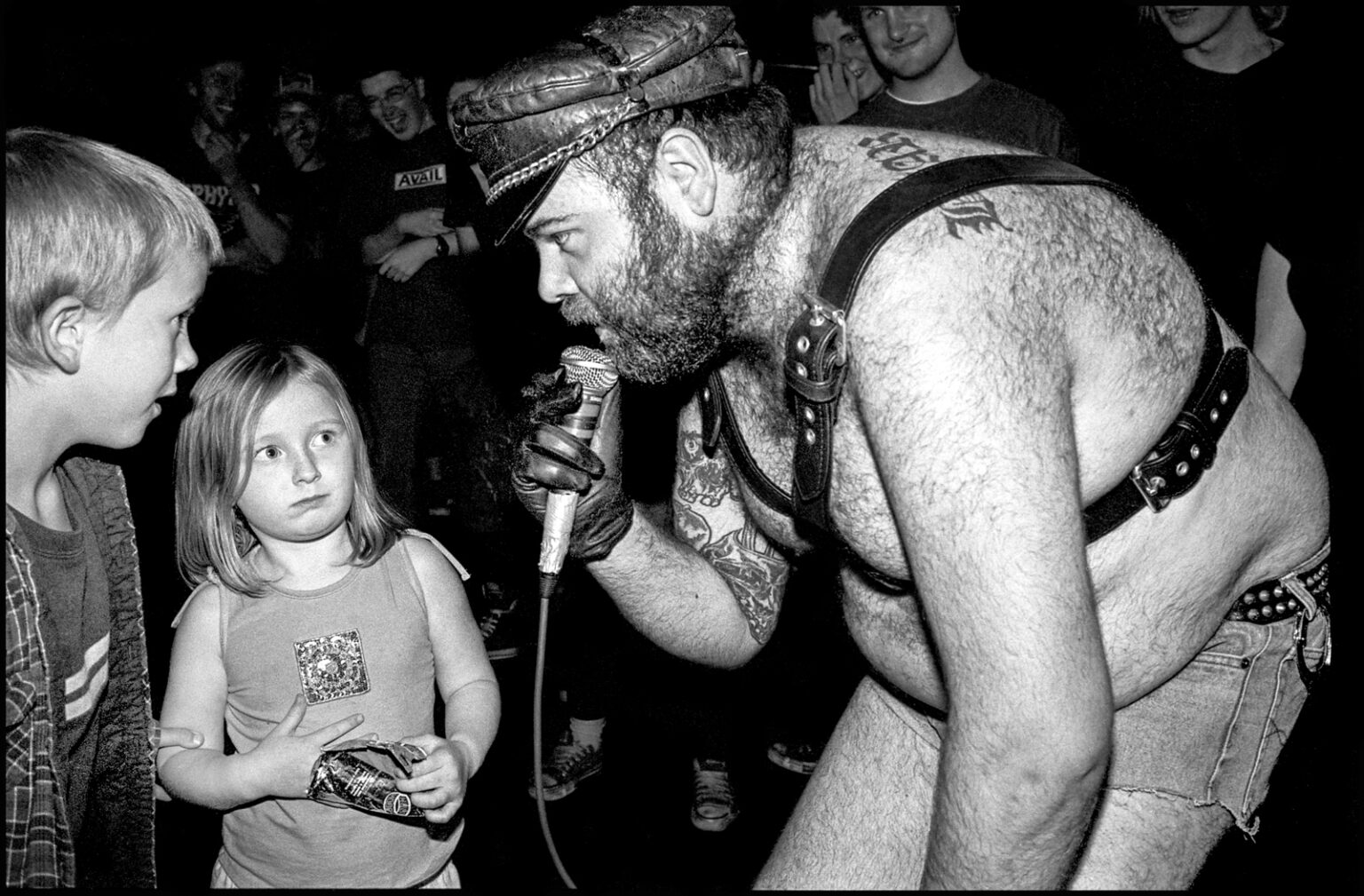
WF: Do you create with the intent to send a message? If so, how important is it that your audience understands the message?
RA: Early on I was drawn to documentary photography books. Narrative driven books with strong subject matter. Robert Frank, Eugene Richards, Richard Billingham to name but a few. These books have left a lasting impression on me.
My own approach is generally pretty direct. I’ll always try to present it in a way that’s easily digestible & hopefully people can find some sort of connection in it.
Sometimes the work will start out without having much basis and over time will organically turn into something. I like working in this way, venturing out to take photos, then over time seeing something evolve. This approach can take years, but I’ve found this method works for me.
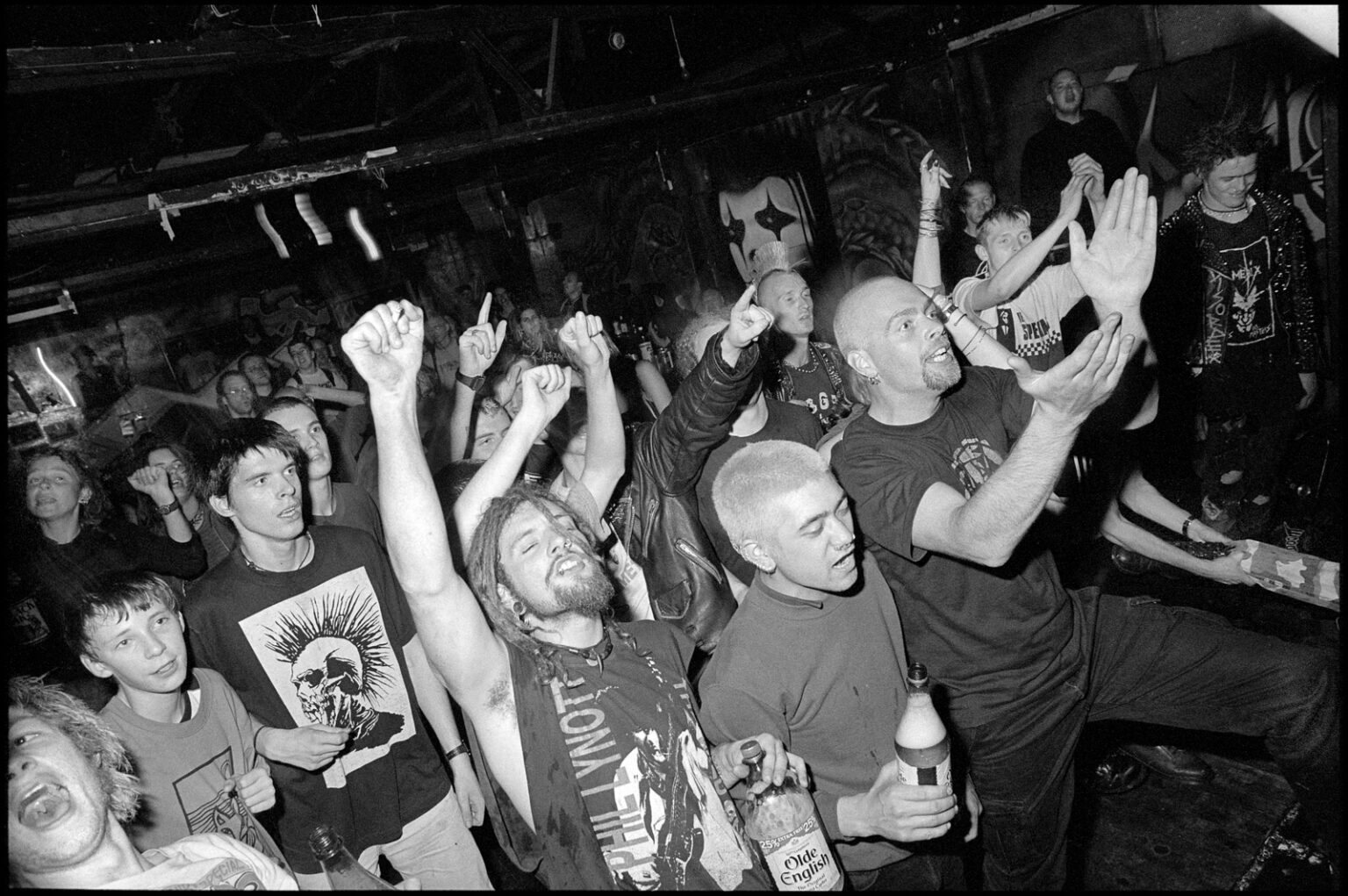
WF: Has your creativity changed stylistically as you have matured? If it has changed, please explain how.
RA: I think style depends on a lot of things. The subject matter, how the work is edited & sequenced, the type of camera & lens used, etc. All of these things dictate the look & feel of a photograph.
For the majority of documentary projects I’ve worked on I wouldn’t mess with those in terms of style or formula or whatever you want to call it. A camera with a 28mm lens is what I’ve used for years, it works and I wouldn’t change that.
That said, the older I get the less risk averse I am to trying out different things.
The M1 book is testament to this as is the most recent Zine’ I made, titled: ‘Don’t You Forget About Me’, which is photographs of dead office plants taken during the pandemic. Both of these are completely different to anything I have done before & I would never have thought about doing projects like these ten or even five years ago. These projects started in different ways. The M1 book started out as an idea. I wanted to make some sort of work that represented a road trip, but not in the traditional sense. I took pictures of bottles of urine that I found in service station lorry parks. I then photographed them with multiple lights in an indoor studio. It’s a total marmite project, but I like it’s grossness & quirkiness & the element of humour it possesses. There’s a darker side to it as well if you scratch the surface. Whereas ‘Don’t You Forget About Me’ came about when I returned to my office after the first lockdown and noticed a few colleagues’ dead office plants dotted around the place. This project was conceived & executed within a few days. Easily the fastest project I have ever made.
The important thing is to keep it interesting for myself and have the freedom to try different things without feeling bored or constrained. I don’t like standing still for too long & I’m constantly learning and refining what I do. It’s using the medium of photography, it’s still my own voice so to speak but using different methods to best represent the work. Change can & is good.
I’m about to contradict myself here by saying, I still ride bikes, I still listen to punk & I’m still taking photos. These things make me happy. Everything changes but at the same time nothing changes.
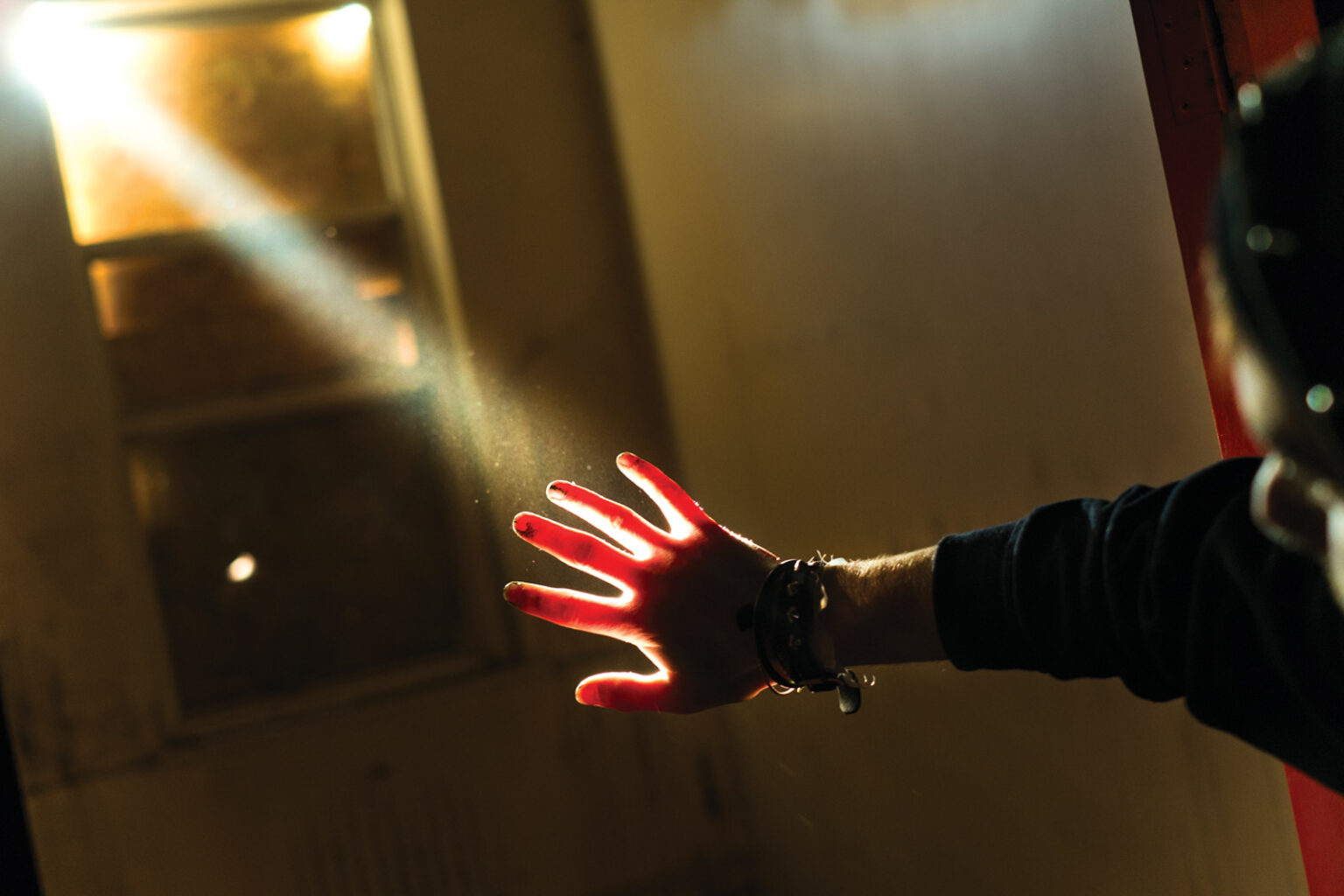
WF: Do you critique your own work? Explain.
RA: You have to. If you can’t critique your work you’re in trouble.
I use my gut instinct when it comes to selecting / editing photos. Metaphorically speaking you often have to kill your babies. If in doubt, kick it out!
It’s also good to have certain people whose opinion you value & trust to cast a critical eye over your work. It’s all too easy to put blinkers on & get stuck in a certain mindset as to how an edit should work. It can be hard to get that critical distance. My wife is a writer & has a good sense of narrative which is a great help & I have a few trusted people that will look at projects and images for me as well. It’s still always my decision, it has to be your viewpoint as the creator of the work when it comes down to it, but getting input from the right people can be invaluable.
WF: How would you like to be remembered?
RA: That’s a difficult one to answer and one that other people will eventually answer for me.
